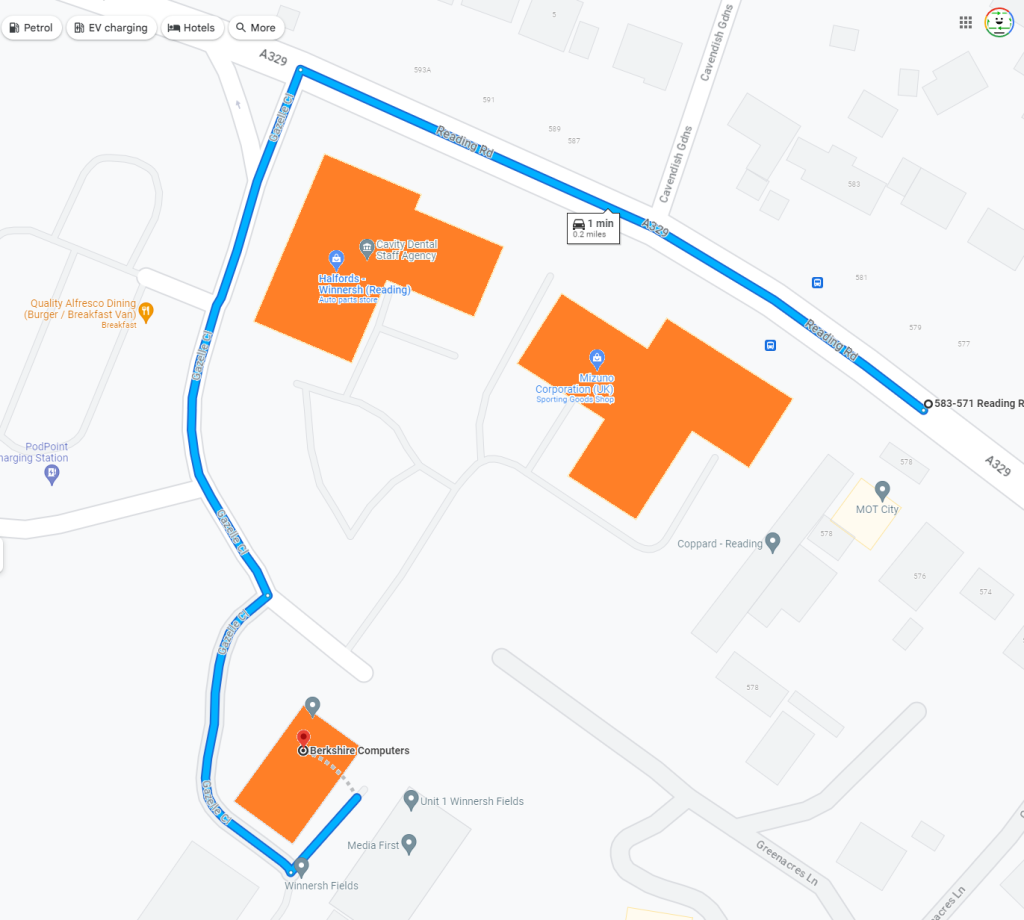Title: Troubleshooting HDMI Signal Issues on Your Dell Inspiron 5680: A Step-by-Step Guide
If you have found yourself in a situation where your computer appears to be functioning correctly but your monitor displays a “no signal” message, you are not alone. This common problem can be frustrating, especially for gamers and professionals who rely on their system for performance. In this post, we will explore a scenario involving a Dell Inspiron 5680 equipped with an AMD Radeon RX580, running on Windows 11, along with practical solutions for addressing HDMI signal issues.
The Issue: A Sudden Black Screen and No Signal
Imagine this: you’re deep into an exhilarating gaming session, and without warning, your screen turns black. Shortly after, your computer restarts, and to your dismay, your monitor shows no signal. Despite the power light indicating that the system is on and various components appearing to operate normally, your display just remains blank. This situation raises the crucial question: could the graphics card be to blame?
Identifying Potential Causes
Before jumping to conclusions, it’s essential to systematically diagnose the problem. Here are a few potential causes for the “no signal” issue:
-
Monitor Connection: Ensure that the HDMI cable is securely connected to both your PC and the monitor. Sometimes, a loose connection can interrupt the signal.
-
Monitor Settings: Double-check that your monitor is set to the correct input source. If it has multiple input options, it may not be defaulting to the HDMI source.
-
Graphics Card: While the graphics card may indeed be the culprit, it’s important to rule out other factors.
-
Power Supply: A failing power supply might provide inadequate power to the GPU, affecting its performance.
-
Software Glitches: Occasionally, Software conflicts or driver issues can result in display problems.
Steps for Self-Troubleshooting
Here are several steps you can take to troubleshoot and potentially resolve the HDMI signal issue yourself:
-
Check Cables and Ports: Restart your computer and check the HDMI cable for any visible damage. Try using a different HDMI cable or a different port on the monitor if available.
-
Test with Another Monitor: If possible, connect your computer to a different monitor or a TV to see if the issue persists. This will help determine whether the problem lies with the monitor or the PC itself.
3
Share this content:



